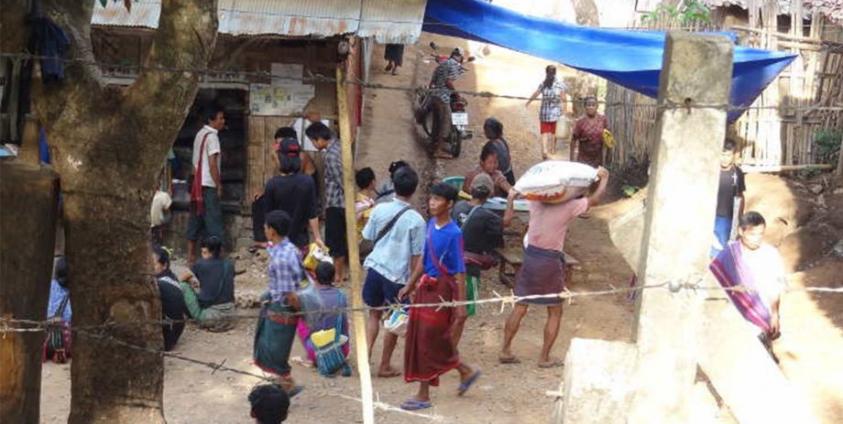Refugee activists have reported that the resettlement program for people living in refugee camps on the Thai-Myanmar border has been on hold for almost 10 years. However there are plans being made to restart the program.
Following an agreement between the United Nations High Commissioner for Refugees (UNHCR) and the Royal Thai Government, the resettlement program is scheduled to commence. The program aims to resettle individuals currently residing in nine refugee camps along the Thai border to the United States.
To be eligible for participation in the resettlement program for refugees to a third country, individuals must meet certain criteria. These include residing in refugee camps and having participated in the population verification process conducted by the Thai Ministry of Interior (MOI) between 2019 and 2020. Additionally, those who took part in the population verification process conducted by UNHCR in 2015 are also considered eligible for the program.
"They will begin the program by checking the people in the camp during June-July. To participate in the check, you must have a card issued by UNHCR in 2015 or have been previously checked in 2019-2020. If you don't meet these requirements, you won't be able to participate. The focus will primarily be on re-evaluating family members. After that, they will inform you about our plans for potential relocation to a third country," Saw Pwe Say, secretary of the Karen Refugee Committee (KRC), told KIC.
The resettlement program for refugees to a third country, which had been suspended since 2014, is now being reopened. Currently, the United States is the only country participating in the reopened program for third-country resettlement.
"I would be delighted if given the chance to go abroad. I have spent numerous years in the refugee camp. If it's only about me, nothing else really matters. However, my children's well-being remains my utmost priority. Now that my children have grown into adults. We are consistently present during each population verification process," Nan Wai Theint, who has been living in the Nu Po refugee camp with her family for more than a decade, told KIC.
Along the Thai-Myanmar border, there are nine refugee camps accommodating Myanmar refugees. These camps include Mae La, Umpiem, Nu Po, Ma La Oon, Mae Ra Ma Luang, Ban Dong Yang, Tham Hin, Karenni No. 1, and Karenni No. 2. Presently, these camps provide shelter to approximately 100,000 individuals.
Many of the people living in the refugee camps on the Thai-Myanmar border have fled the region due to instability and military conflicts. They seek refuge in these camps for safety and security. Additionally, there are individuals who have sought shelter in the camps for various other reasons.
Starting from 2005-2006, a number of people from refugee camps in Thailand and Myanmar chose to resettle in third countries. In 2018, there were individuals who resided in the refugee camps and participated in the Voluntary Repatriation Center (VRC) program, opting to return and resettle in Myanmar.
In 2021, following the military coup led by military chief Min Aung Hlaing in Myanmar, the country experienced widespread unrest. As a result, some individuals who had previously resettled in Myanmar under the Voluntary Repatriation Center (VRC) program chose to flee back to the refugee camps where they had initially lived.








